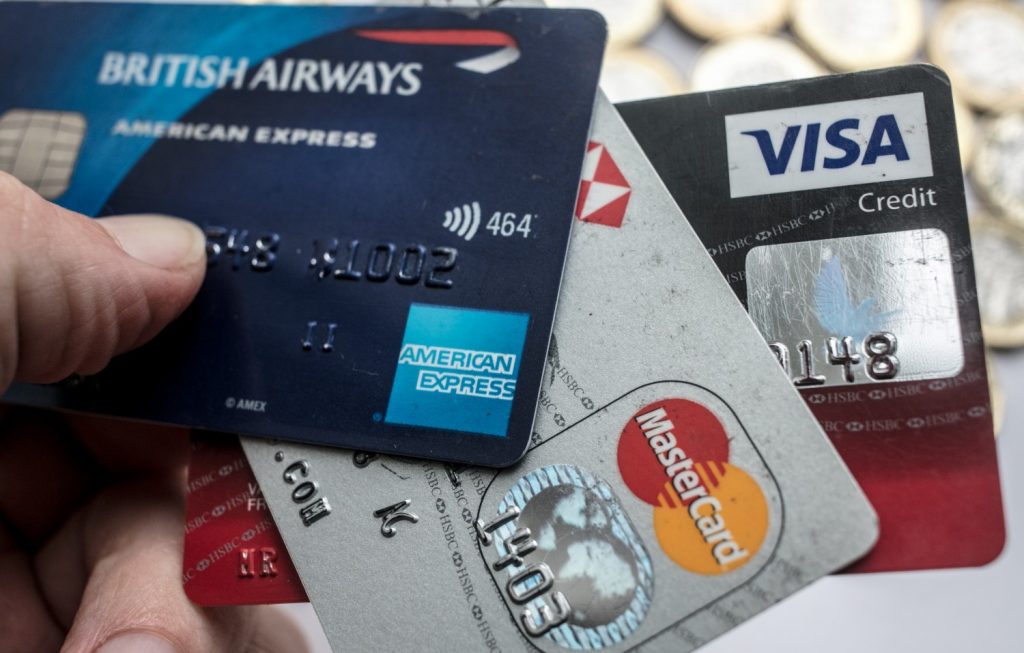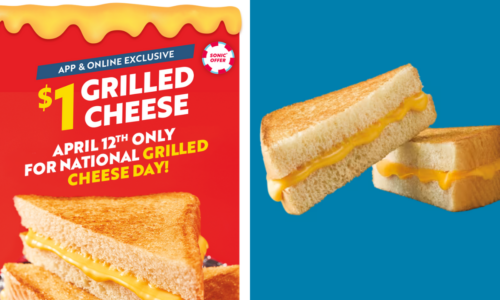Between buying gifts, traveling and hosting parties, the holiday season is expensive. So, it’s not surprising that many people end up putting holiday purchases on credit cards. This happens year after year, but this season collective spending on cards increased.
In fact, Americans accumulated an average of $1,054 of debt this holiday season, which is around five percent more than last year, according to MagnifyMoney’s annual post-holiday debt survey. Specifically, 44 percent of shoppers racked up more than $1,000 in holiday debt and 5 percent accumulated more than $5,000 in charges.
MaginifyMoney surveyed about 700 adults from Dec. 21 to 26. Only half of the consumers say that they plan to pay off their recently incurred debt within three months. Of the remaining half, 29 percent believe they will need at least five months, possibly more.
As reported by the personal finance site, if the average shopper made the minimum payment of $25 a month on a $1,054 tab, it could take until 2023 to pay down that balance—not to mention the extra $500 in interest (assuming that the annual percentage rate is 15.9 percent). When you consider that, it’s no surprise that consumer credit card debt is now at a whopping $808 billion, according to recent data from the Federal Reserve Bank of New York.
If you’re one of the many Americans who used credit cards to finance your holiday purchases, you’re probably looking for ways to get out of debt. So what are the best ways to jumpstart a debt payoff plan? Here are three smart strategies.
1. Figure Out What You Owe
Collect your balances and interest rates from recent credit card and loan statements. As you begin to get your finances organized, keep track of where your money is going. Whether or not they’re related to holiday spending, try to identify expenses that can be reduced or eliminated completely, and then use that money to pay off debt.
2. Use The Right Pay-Off Strategy
With the “avalanche method,” you pay off the debts with the highest interest rates first. The “snowball method,” on the other hand, means you pay your smallest debts first, no matter what the interest rate. Once the card with the smallest balance is paid off, you move those funds to pay off the card with the next highest balance, and so on until you are debt free. Crunch the numbers to determine which pay-off method will get you out of debt the fastest.
3. Consider Debt Consolidation
If you’re having a hard time keeping up with credit card payments, you may want to consider consolidating your debt with a personal loan or balance transfer to a low- or no-interest credit card. The most important thing is to make sure you choose a consolidation strategy with monthly payments that you can actually afford.








